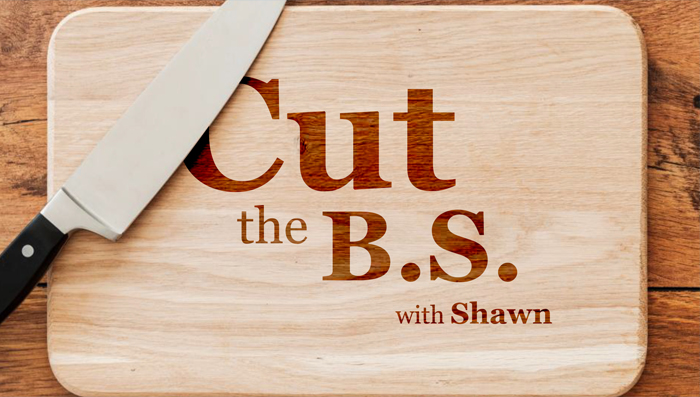
Personalization. It’s certainly a buzzword today, one the grocery store industry is talking a lot about. Digital marketing has made it possible to track a shoppers buying habits and use that history to present them with offerings and opportunities that are specifically geared toward their interests.
Find out more in Episode 2 of “Cut the B.S. with Shawn.”
What is personalization?
Without personalization, everyone in a certain mailing zone gets the same 150 offers from a store. If those weekly savings aren’t appealing, well hopefully the shoppers will be loyal anyway. But with personalization, stores can now give individual shoppers the offers that are most appealing to them. The hope being the shopper will feel more understood by the store and want to spend more there.
Warning: Not all personalization is created equally.
Unfortunately, there are a lot of companies out there that are touting personalization, but their features are lacking. Personalization cannot be simply taking the 150 offers that apply to everyone and pulling out the 5 that sort-of apply to an individual shopper. Today’s shoppers are very particular. The offers in your circular or the Sunday paper are not necessarily what they need. They want organic or gluten-free or fresh. They want stores to know if they have a pet or a baby, or if they prefer almond milk to 2% store-brand milk. When stores limit their “personalization” to the same offering pool that everyone gets, shoppers don’t feel like they are truly known. Today’s shoppers want targeted discounts and advertising. When that is done well, stores have a greater chance of increasing engagement with individual shoppers and generating more sales.
Three things personalization won’t do for you.
#1: It’s not going to bring in shoppers who are looking for products outside of the personalized offering. If a shopper isn’t interested in the 150 standard ad-items, they aren’t going to be interested in a subset of those items either. Make sure your personalized offering pulls in perimeter items as well, even if you have to fund those offers yourself.
#2: It’s not going to change the basic reasons customers (and new customers) choose your store. The basic rules all still apply. If stores want to attract shoppers, they need to be attractive. They still need good customer service, attention to cleanliness, and well-stocked shelves. A personalized offer may get them into the store, but it’s not enough to make them a loyal shopper.
#3: It’s not a magic pill. On its own, personalization isn’t enough. Although it has a great impact, it needs to be part of an overall marketing strategy. When it is supported by other marketing you’re already doing–digital circular (or print ad), social media, in-store events, email campaigns–then your customers will be hooked. Don’t fall into the trap of thinking, “Now that I launched my targeting and personalization, I can move onto the next project,” or “Personalization can sit over here, and everything else can be run independently over here.” It doesn’t work that way.
The bottom line is: Personalization needs to actually be…personal as well as coordinated with other marketing initiatives.
